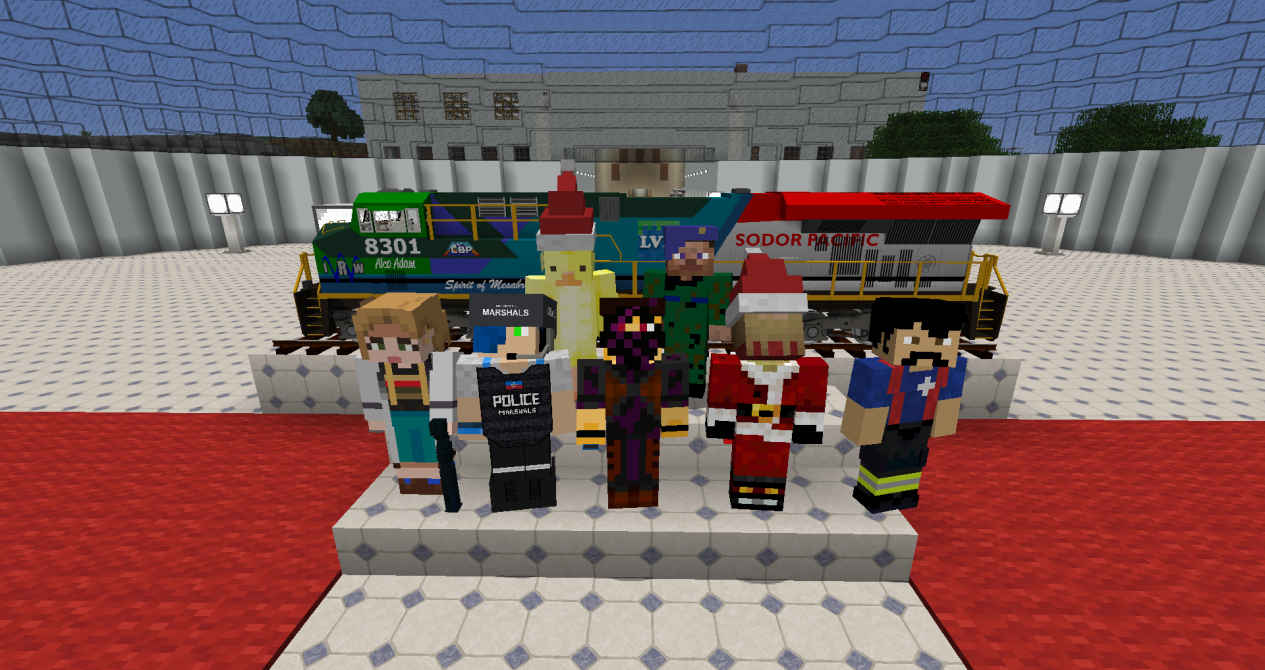
I hope you're all doing well and staying safe during these difficult times. I hope to be more active on here as time goes on .
During this period of absence, I've built a new gaming PC that's more powerful than the one I built a few years ago (post about it here).
Here are its specs.
CPU: AMD Ryzen 7 2700 Cooler: Cooler Master MasterLiquid ML120L RGB V2 120mm AIO liquid cooler. RAM: 32 GB DDR4-3200 Motherboard: MSI B350M Gaming PRO Micro ATX. GPU: ZOTAC GTX 1080 Mini Storage: Boot: 512 GB SanDisk SATA III SSD. Mass Storage: SeaGate Barracuda 2 TB 7200 RPM Mechanical Hard Drive. Additional Storage: 112 GB PNY SSD (carried over from that old build). OS: Microsoft Windows 11 Pro (originally Windows 10 Pro but upgraded when it was offered). Also involved in the Windows Insider Program, so I get new builds every week.
- Read more...
- 0 comments
- 287 views


